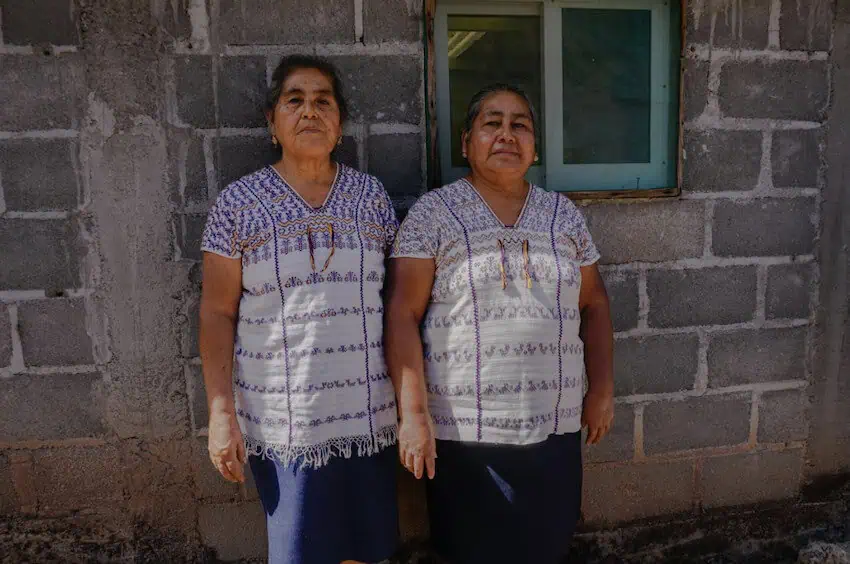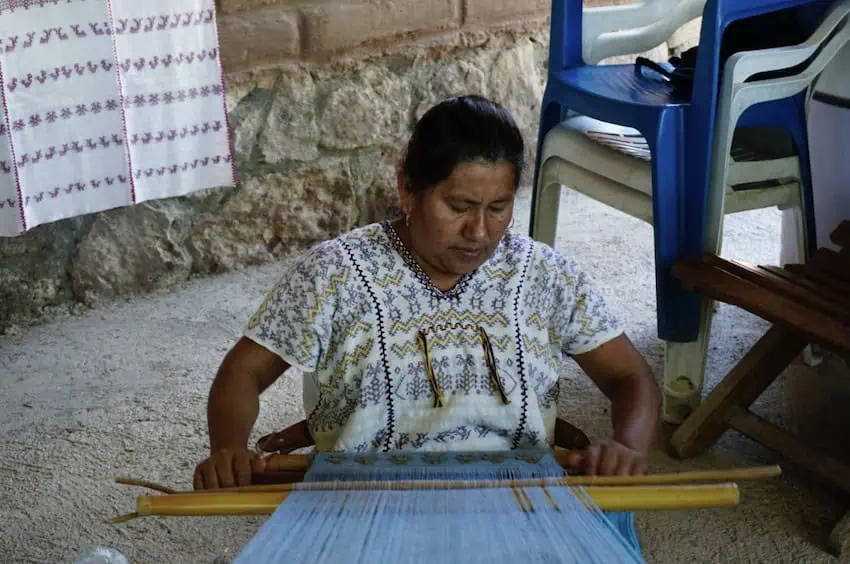The National Statistical and Geological Survey of Culture in Mexico (InEGI) November 2024 satellite account, In 2023, the GDP of the Cultural Department was 820,963 million Pesos or 2.7% of the GDP of the entire Mexican economy. The largest share in this The craft department is 19.1% of the total. Unfortunately, many craftsmen live in distant and isolated areas, with poverty and instability. An Oksaka joint sees it changing this, and the craftsmen provide the ability to live a successful, decent life, while helping their communities and protecting Indigenous Cultures.
By breathing new life in traditional art forms, joint action can empower rural communities with sustainable opportunities, all of which stimulate local economies. Instead of leaving their homes in search of work, families can create prosperous livelihoods and protect the traditional culture, without the need to find a job in another place.
Since April 2013, a pair of designers in the city of Oksaka, Mattalena Forsella and Ana Paula Foundes, have been working on design programs to help distant cities in the state by sharing their expertise on the variations of natural dye and thin threads.
“A true silence of weaving” projectIt emphasizes the quality of the product and the responsible use of natural resources, which impacts the environment and society. Funzes describes their task ”People surrounding the shared view simplify the design processes that combine ideas and entries, ”and the trust is now working with similar groups across the Oksaka.
Unlike the brand design that leaves the designer’s unique identity in the final preparation, traditional craftsmen, for craftsmen who are already experts in their field, help them push their creativity to create pieces they have never thought of and expand their personal work and art.
As far as Fordella is concerned, it opens a new world for every craftsman to provide a tool that allows them to express their creativity through simple things like color combinations.
Two local weavers, Michela Jimenez and Alicia Tomanguaves, how they began to work together in San Bartolo Yudebek, which took three and a half hours from the capital of Oksaka.

“Ana Paula Foundes gave us an invitation. We thought our community would be interested in learning how to dye our clothes with natural colors, and after talking about it, we agreed to establish a cooperative…So we can all learn from it, ”explained Michela Jimenez.
The name of Jabotech, Jabotech, for the co -operative, cotton thread of 16 women and 2 menOvarian The material they use to weave their joules in the backstrop looms that hang from a tree or post them into their homes. Forsella emphasizes that “craftsmen have been doing this from being younger and they have only been able to gain stability over time.”
As they continue to wear it, communities weave their traditional clothing products that make up time. However, when they are considered pieces to sell them, they are limited to local residents and buyers, which prevent the younger generation from continuing their usual weaving business.
When craftsmen examine that area to get their colors immediately and comfortably, Forsella queries about plants or raw materials that make natural dyes in their community. When modern synthetic aniline dyes were introduced in Mexico, textile cities began to switch from natural dyes to new texts with chemicals. However, here, craftsmen can recall the natural dyes used by their grandmother.

These days, they only buy Indigo and Kochiniel, and two basic items offer a wide variety of blue and red colors from outside their town. When they use other local resources like Brazilwood to produce red, they only use the Indigo plant to get blue tones. This local focus is on the form of a standard life form that communities reduce their carbon footprint, protect and prioritize their local situations.
Other local craftsmen groups have been affected by the consequences of that cooperation between designers and craftsmen. As a result of this new knowledge, their clothing offerings are very different, which allows a wide range of consumers to be completed.
The weavers from the Shil are now making excellent clothes in their communities, and weaving has provided a real peace and business support, which means young people inside San Bartolo Uuddabek can now create a portion of the bright future in their hometown, while protecting a lifestyle that led to their ancestors for centuries.
Social anthropologist and Photo Journalist Ena aguilar pelez Writes about health, culture, rights and environment, intermittent cultural interactions and with strong interest in historical and cultural organizations.
(Tagstotranslate) Artesans
Story Credit








